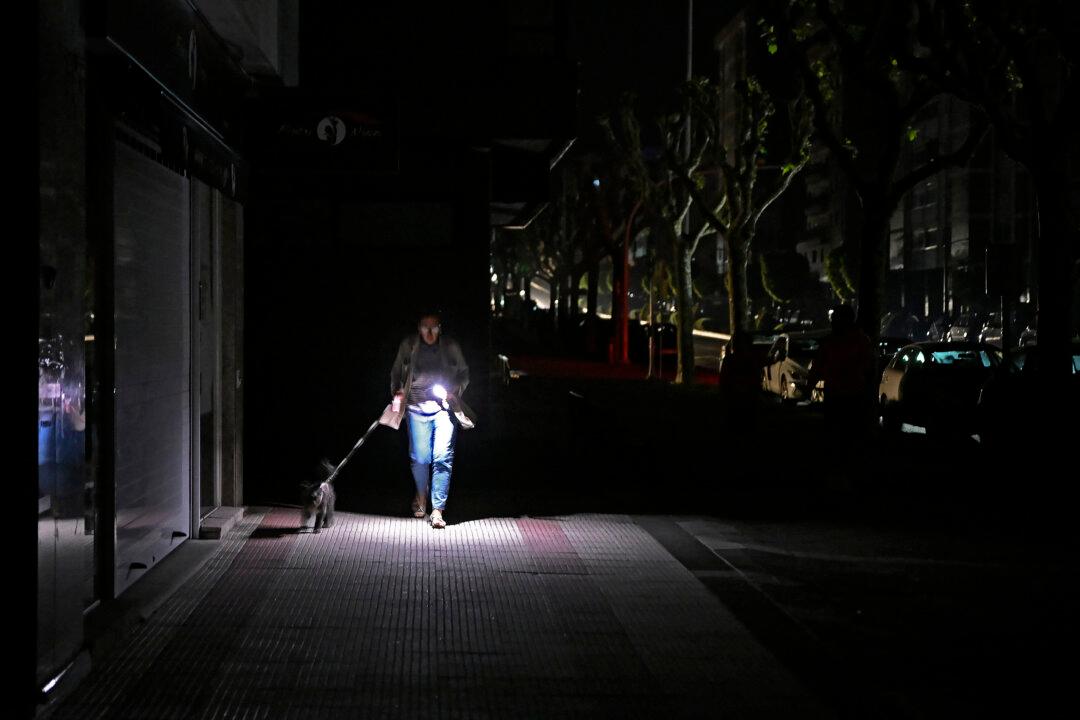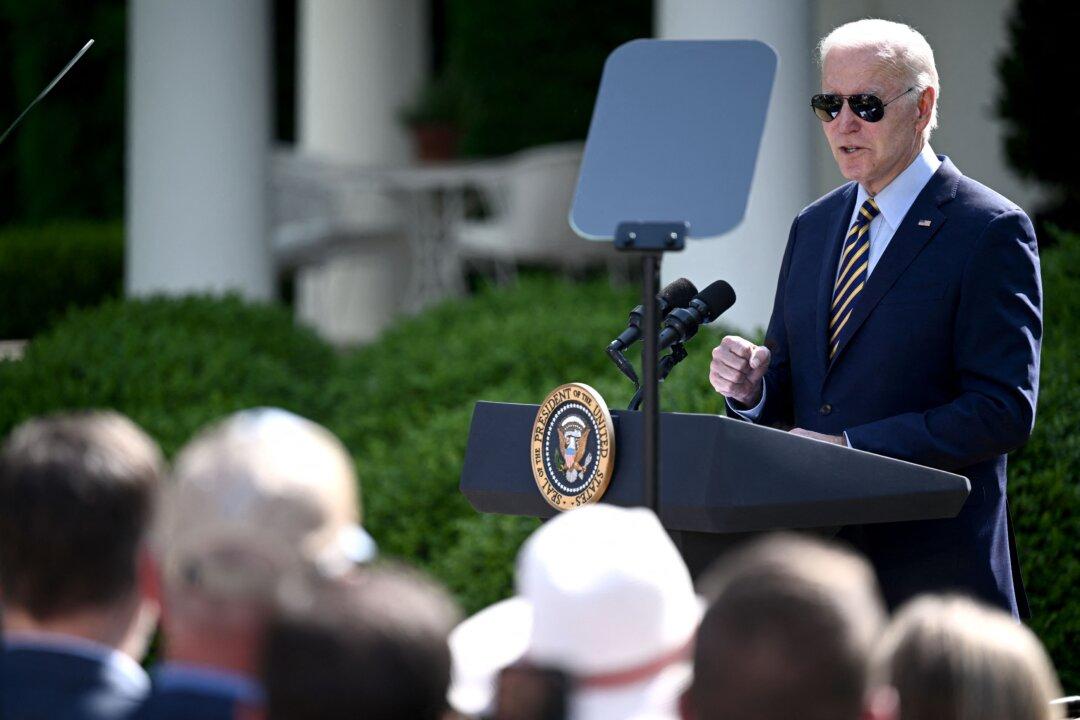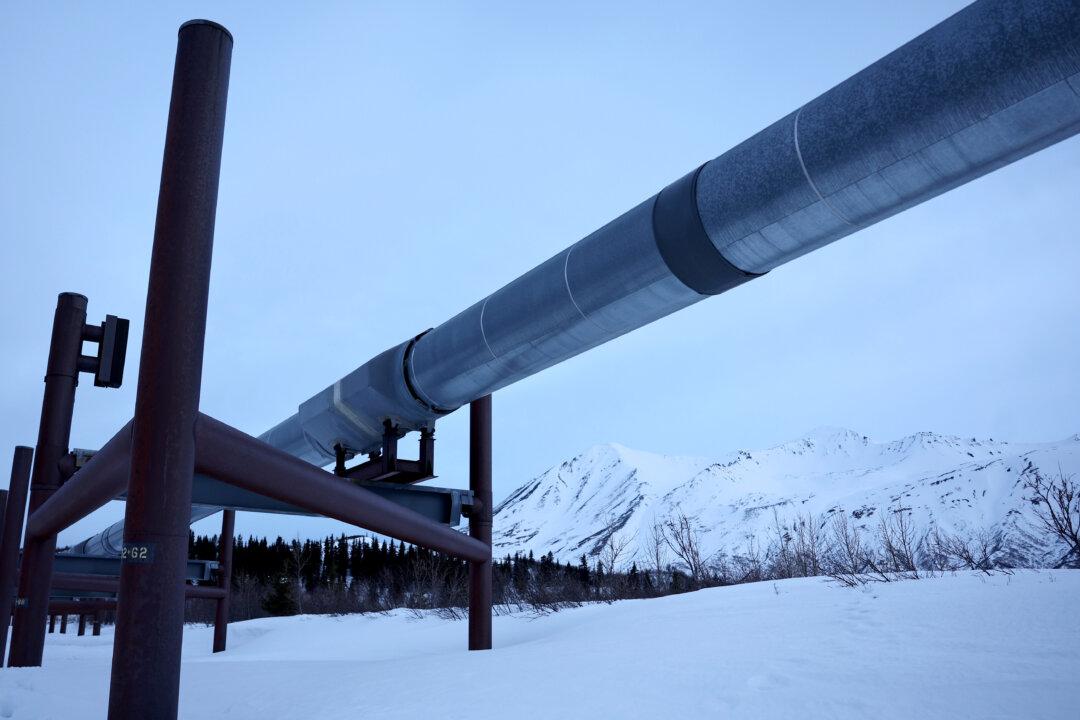Commentary
Spain’s electricity supply went down last month due to cascading failures traced to faults in two
solar plants in Spain’s southwest region, causing a blackout on the Iberian Peninsula. Americans should not be complacent because the North American Electric Reliability Corp., a nonprofit international regulatory authority,
has warned that it might happen in the United States.
The sun shines and the wind blows for free, but providing electricity to people with
intermittent renewables, such as wind and solar, is more difficult than with baseload power, such as coal, natural gas, and nuclear power.
The North American Electric Reliability Corp. forecasts inadequate current U.S.
electricity supplies as coal and some gas-fired generators face retirement and energy demand is growing due to data centers and artificial intelligence technology. America faces high and elevated risks of shortages from 2025 to 2029.
For instance, in 2025 the Midcontinent Independent System Operator, which provides electricity for 15 states from Wisconsin to Louisiana, may suffer a
shortage of electricity in the high-demand months of summer and winter.
Europe’s solar and wind power receives subsidies from the European Union. In America,
Inflation Reduction Act subsidies for wind and solar, now being reconsidered by Congress, are central to the problem. Continuous, dense power from gas, coal, and nuclear is needed to back up renewables. But since these do not get tax subsidies, there is less incentive for companies to invest in them.
The danger of potential blackouts is why President Donald Trump declared an energy emergency on his first day back in office and has called for ending the Inflation Reduction Act subsidies.
As well as requesting an end to the act’s tax credits, he is taking several steps to avert the blackouts forecast in the regulatory report. These steps could also be emulated by Europeans if they want to ensure a reliable grid.
The president has asked the Environmental Protection Agency to end rules that require coal-fired and new natural gas-fired power plants to close if they cannot bury 90 percent of the carbon dioxide emissions. The combination of ending the subsidies for renewables and keeping open the existing power plants should avert the blackouts forecast in the report.
Trump is reopening Alaska to
oil development and is fast-tracking permitting for fossil fuel projects, so approvals come in 28 days or fewer. He has asked the EPA to reconsider the finding that greenhouse gases such as CO2 and methane are pollutants.
On the international front, Trump has ordered the United States to withdraw from the
Paris Agreement and other associated U.N. agreements, a process that takes a year.
The real winner from renewable energy use is China, which makes a significant share of turbines and panels used in renewable energy generation, as well as batteries for solar backup and electric vehicles. Trump’s China tariffs, as well as removal of the tax credits, should tilt American energy policy in a more resilient direction.
The blackout in Spain is a wake-up call about the risks of relying too much on solar and wind. America could face similar problems, especially with energy demand increasing. The president is taking steps to prevent blackouts by cutting subsidies for renewables; keeping existing power plants running; rolling back some environmental rules; and pulling out of net-zero international agreements.
The goal is to make sure America has a reliable power supply, learning from Spain’s problems.
Views expressed in this article are opinions of the author and do not necessarily reflect the views of The Epoch Times.








